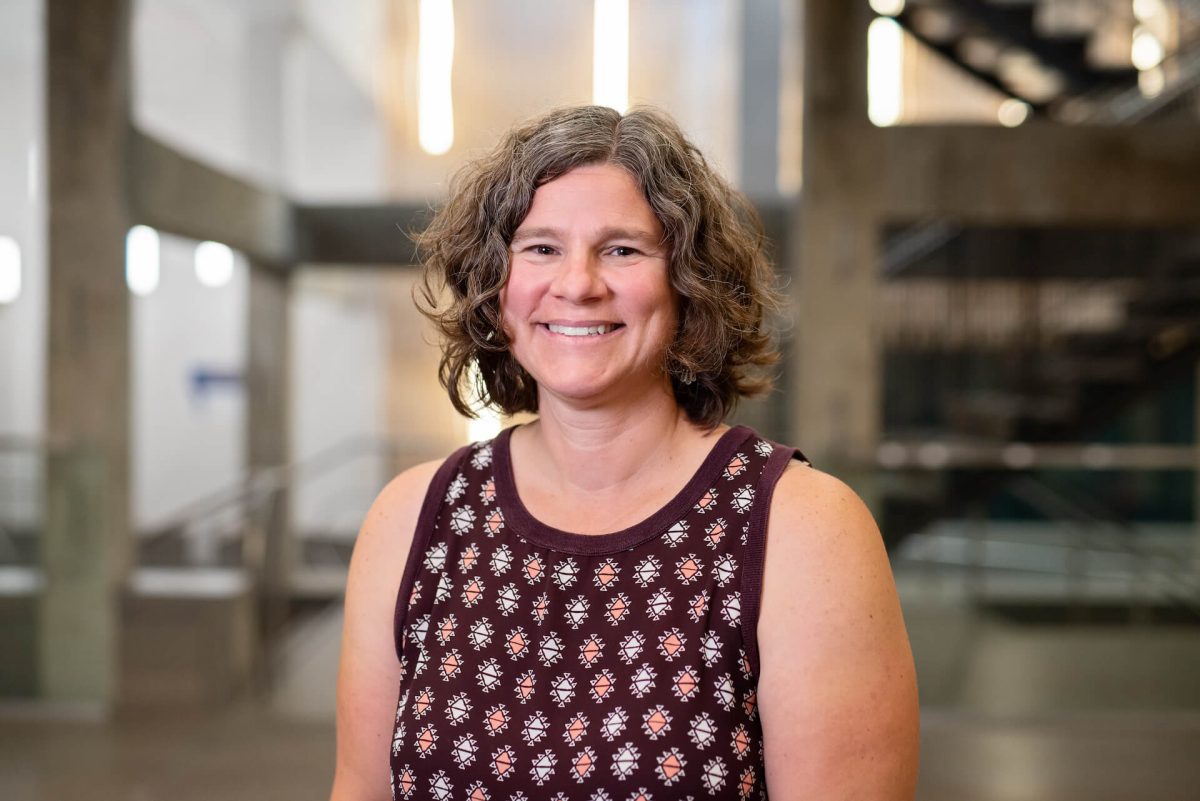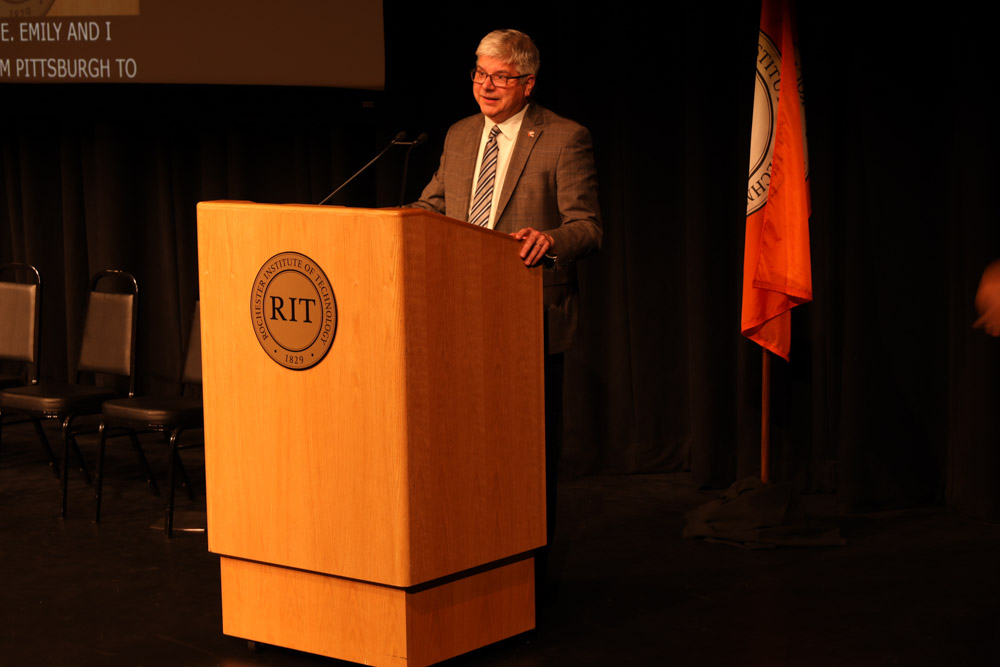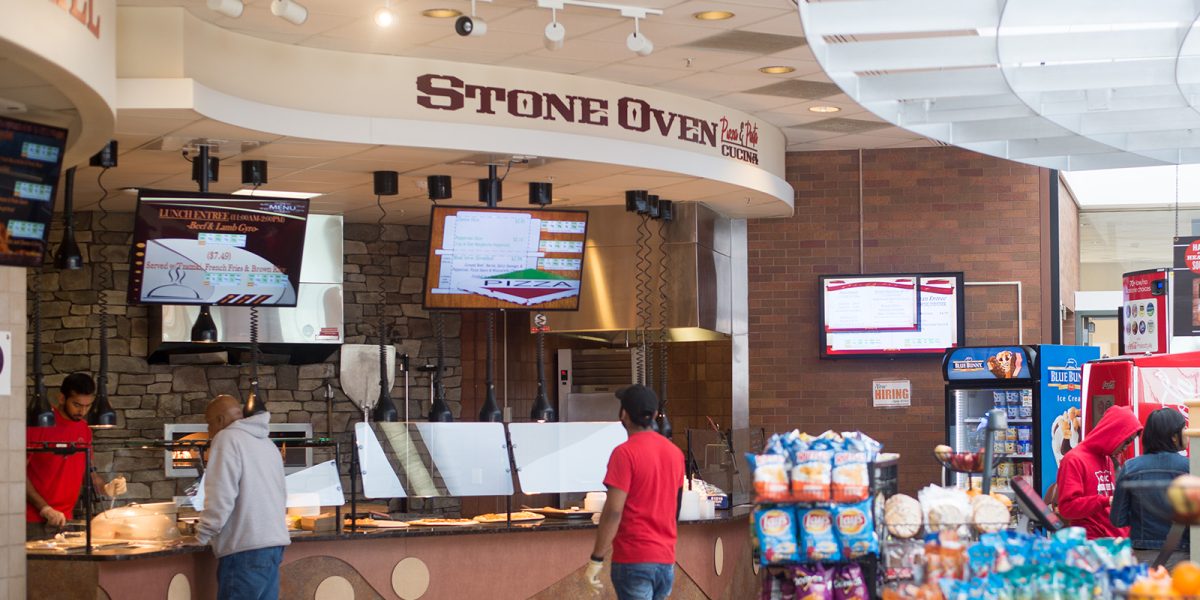A research study titled “Shaping Our Stories” found that media coverage of people of color influences racial perceptions, and that the media feels a responsibility to help improve these perceptions. Causewave Community Partners, a non-profit organization dedicated to promoting change within the community, ran the study to increase understanding of how race is portrayed in the news in the Greater Rochester Area. Causewave then presented their findings at the Strong Museum of Play on Tuesday, Sept. 18, 2018.
Jeff Crane, superintendent of the the West Irondequoit Central School District and co-chair of the study’s steering committee, said the intended goal was to “spark a productive and collaborative dialogue … that will lead to positive changes in our community.”
Findings
According to the report, the majority of both the media and black and African American survey participants found that the coverage surrounding people of color tends to have a more negative focus. In addition, more than 50 percent of all parties agreed that there should be more positive news involving people of color in order to have more well-rounded coverage of these communities.
Of those polled, 79 percent of African Americans expressed said agreement — an overwhelming majority. To reduce negative perceptions of minority communities, a survey participant was quoted as suggesting that the media report that “a person committed the crime, not a color.”
Causewave found that 76 percent of media members agree that they feel responsible when it comes to representing people of color in a manner as unbiased as possible, and that it is their job to help improve racial relations among their communities.
However, only 15 percent of the media surveyed believe that they do an accurate job of reporting on communities with higher populations of color.
How Was the Study Conducted?
Todd Butler, president and CEO of Causewave Community Partners, discussed how the study was conducted before presenting its results. This two-part project consisted of a poll of 550 community members of diverse racial backgrounds and represented the integrity of the population’s demographics. 46 local members of the media were also polled.
In addition to the polls, 75 volunteers from diverse backgrounds analyzed local news content during a 51-day time frame from Dec. 12, 2017 through Jan. 31, 2018. More than 2,000 stories from various local news sources, such as the Democrat & Chronicle’s print edition and other daily broadcasts, were evaluated.
Promoting Change
Changes to news reporting, as mentioned in the study, could come from redefining what is considered to be news. Simeon Banister, vice president of community programs at The Community Foundation and a member of the steering committee, said that this could be achieved by expanding the definition of news rather than defining it “in a fairly narrow construct.”
“If ‘news’ is crime only and that crime is generally over-reported in communities of color, then the coverage will bare that out,” he said.
Banister, however, also suggested that the modification could prove difficult.
“I think that’s really one of the challenges that was posed today that I think is a really important one: ‘How do we actually think about news?’” Banister said. “If we broaden that definition to include some things that perhaps we haven’t traditionally considered news … hopefully we get a broader representation that’s more fair.”
This shift could be achieved through active collaboration between communities and the media. Non-profit organizations could act as a resource for positive storytelling, and interact with people working in newsrooms, as stated in the report. It would also be beneficial for community members to provide feedback on what’s being covered.
But this is not a one way street — the responsibility is shared by newsrooms alike. In order to provide more “well-rounded” coverage, newsroom professionals should interact with the communities they are reporting on.
In addition to fostering new relationships, as mentioned in the report, news outlets can look to publish more dynamic content on their websites, such as videos from members of the community. They can seek out ways to turn what might be a negative story into one with an optimistic end.
Justin Murphy, a reporter for the Democrat & Chronicle, said one way the media could improve would be to “have more people of color in the newsroom, both reporters, editors, photographers, everything.”
Not only could newsrooms diversify their staff, but reporters and newsroom staff could also expand their own networks.
“In general, having diverse — both personal and professional — connections will help you in doing a better of finding stories in communities of color and also help you in doing a better job of [reporting on] whatever stories you take on,” Murphy said.
Improvement is possible. Causewave is determined to “continue this conversation” going forward. They have partnered with RIT’s School of Communication to create a “community sourcebook,” which will involve creating a resource to encourage news and community relationship cultivation.
Continuing the Investigation
Causewave plans to re-run the study at the end of 2019 to see if the efforts are paying off. When Causewave met with newsroom staff and leadership, Butler said that they asked if open conversations about race reporting were taking place. The numbers weren’t as high as they could be, and he’d like to see them increase the next time the perception polls are done.
“I would hope that one of the things we might see is that instead of 40 percent of news professionals saying that they have open conversations about this in their newsrooms, maybe that’s 50 percent or 60 percent,” he said.
Though communities do have a duty to promote change, Butler thinks that change would be noticed the most through a shift in the news.
“The media responses are the things that we have more opportunity to influence and would have a greater influence on the community as a whole.”







